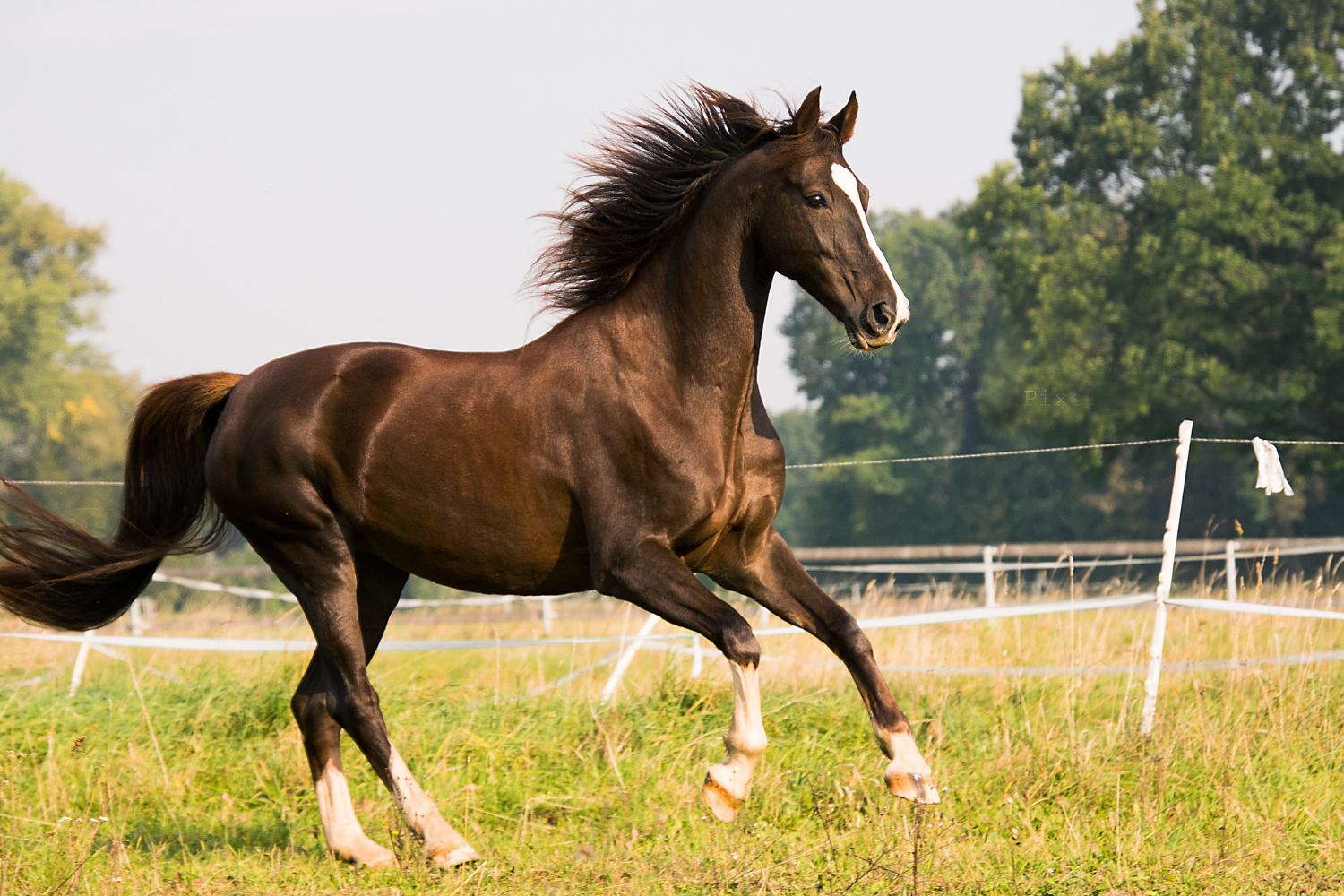A brief guide to grooming your horse during the colder months A brief guide to grooming your horse during the colder months: Although horses are wint
A brief guide to grooming your horse during the colder months
A brief guide to grooming your horse during the colder months: Although horses are winter hardy, they need proper care during the winter and should be given utmost protection and kept under supervision in their stables. An easy way to understand the effects of cold weather on a horse is based on its energy balance. The main way to warm up horses is to feed them high calorie food. Other shorter ways to warm up are active physical activity and the sun.
Stable rugs are another resource for keeping horses warm and nourished in cold weather, along with several assortments of rugs to protect them from cold weather. Some of them are:
cold
Cool rugs are permeable rugs that are essential to prevent chills on sweaty horses as they cool off after exercise.
to shave
A woolen rug is a permeable and warm rug that can also be used as a cool alternative
was present
A turnout rug is a rug designed to protect horses from dirt and prevent them from moving around in the field and to keep them warm and safe in cold weather.
There are also other categories available that help horses stay warm during the winter. Those who live under stables or sheds can save a little extra heat than those who live in open areas. Three sides are a good protection against steady cold winds and frost. A typical shelter for individual horse comfort should have a space of 8 meters and a surface of 9m2. Horses should have adequate sleeping bags and ideally straw provided in the stables, mostly for baby horses. As the days get shorter, horses develop an innate winter coat by the winter solstice. Horses should not be covered before this time, otherwise the horse’s natural coat begins to shed on its own. Heat from the innate hair coat radiates to the horse by collecting and heating the surrounding environment. Wash the horse and keep it clean as wet and dirty hair can slow down its heatproofing value and reduce heat loss. The horse must be kept dry and protected from dampness and humidity. A little rain can cause winter problems by matting the horse’s hair and reducing its heat-proofing value. A horse with an abundant congenital hair coat can retain more heat.


COMMENTS